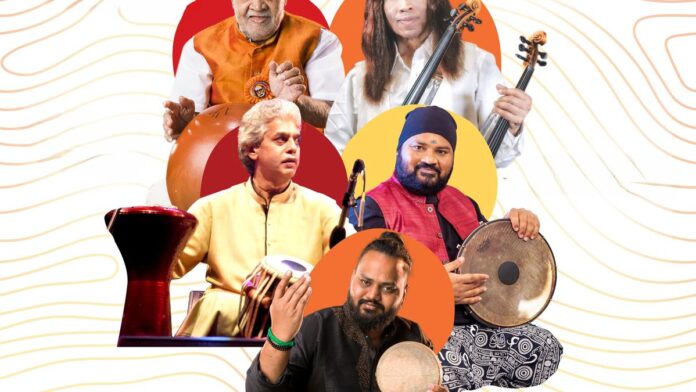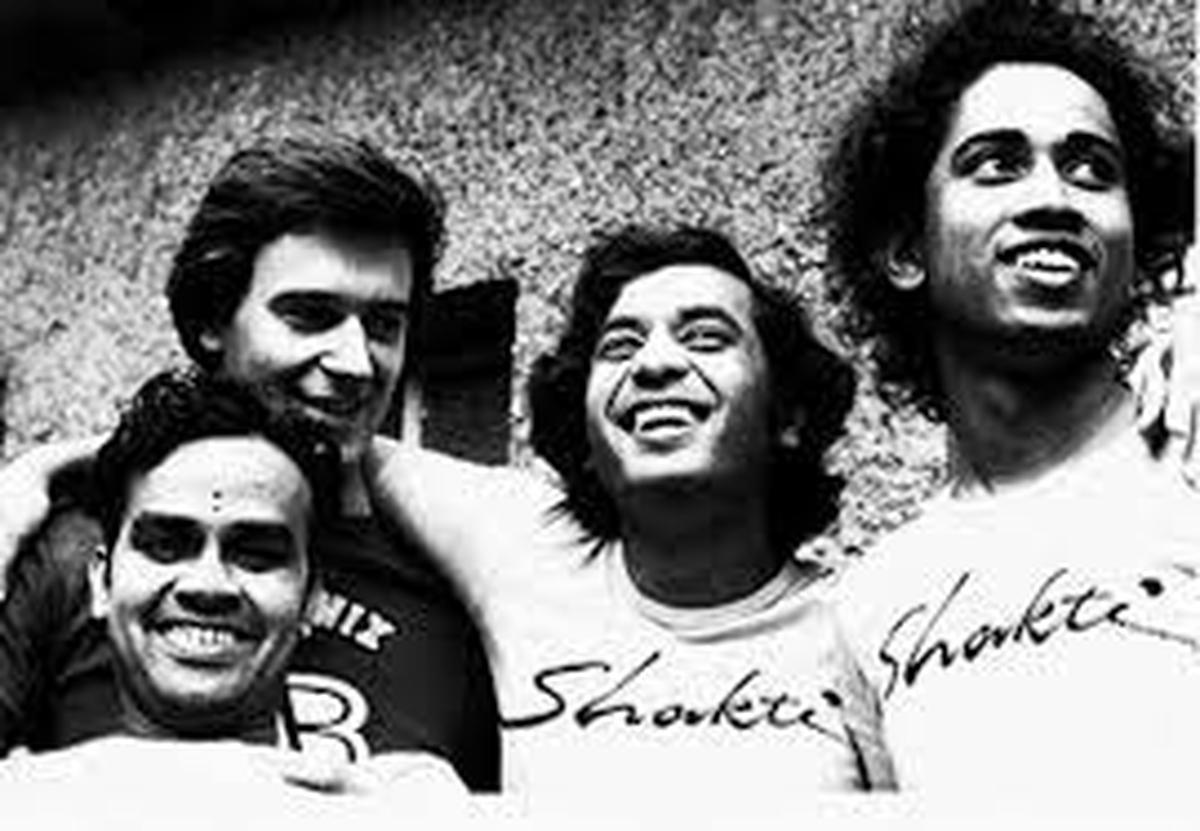
The old Shakti band – Vikku Vinayakram, John Maclaughlin, Zakir Hussain and L. Shankar.
| Photo Credit:
Special Arrangement
Although violinist L. Shankar and ghatam maestro Vikku Vinayakram were associated with the 1970s Indo-jazz band Shakti, their partnership goes back many decades, when they used to perform Carnatic concerts. “In 1973, when I was in New York I launched the band ‘Turiyananda Sangeet’ featuring legendary jazz guitarist John McLaughin. Initially, Ramnad Raghavan played the mridangam, but since he was not quite comfortable with the band’s music, Vikku Vinayakram, who had played a lot with me, stepped in. The combination of Zakir Hussain’s tabla and Vikkus’ ghatam was perfect,” says Shankar, who also uses the stage name ‘Shenkar’.
After more than five decades, 74-year-old Shankar has formed a collective featuring Vikku Vinayakram, his son Selvaganesh on the kanjira, grandson Swaminathan Selvaganesh on assorted percussion, and Fazal Qureshi on the tabla.
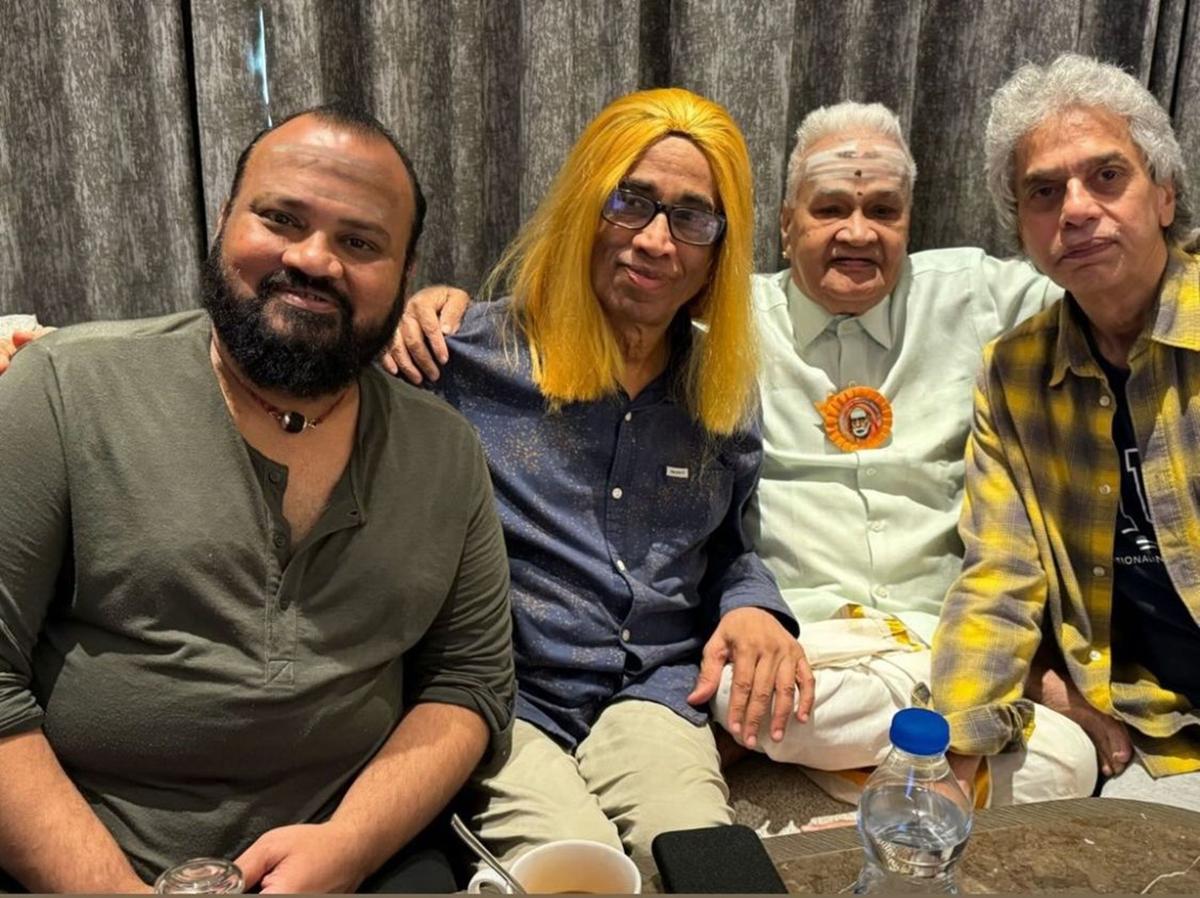
Selvaganesh, L. Shankar, Vikku Vinayakram and Fazal Qureshi will perform for the Masters of Music show in Mumbai on June 16.
On June 16, 8 p.m., the quintet will perform for the ‘Aditya Birla Masters of Music show’, to be held at NCPA in Mumbai.
Says Shankar, who now shuttles between south Goa and Los Angeles, “We shall be doing a mix of Shakti songs, covering all three albums we released in the 1970s, besides Carnatic kritis and a ragam-tanam-pallavi.”
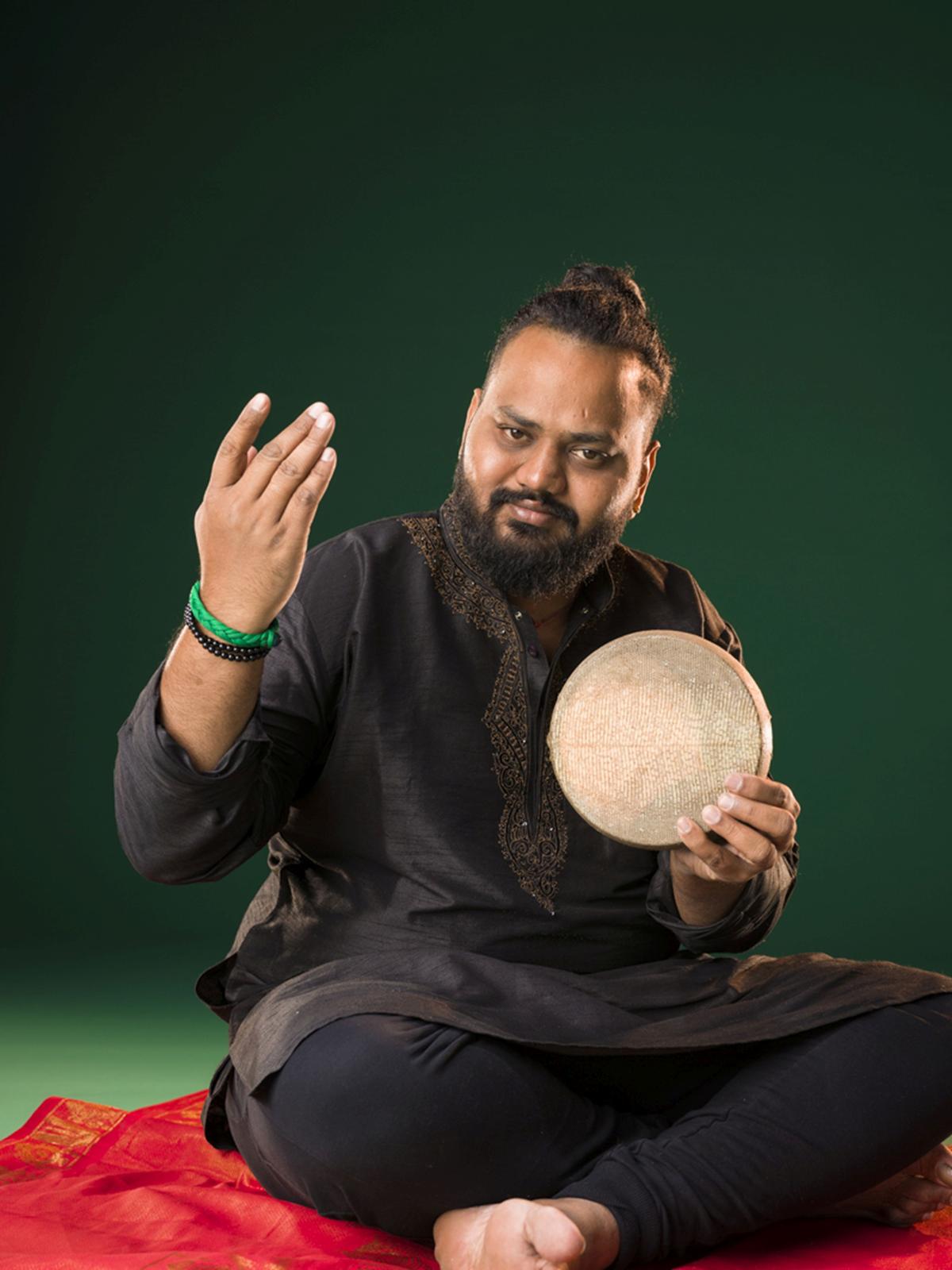
Swaminathan Selvaganesh.
| Photo Credit:
Special Arrangement
The collective has played in Chennai and Goa under different banners. The shows come a year after the new Shakti line-up comprising McLaughlin, Zakir Hussain, Selvaganesh, singer Shankar Mahadevan and violinist Ganesh Rajagopalan did an extensive golden jubilee tour of India, Europe and the US. With the group also winning a Grammy this year for the album ‘This Moment’, did Shankar feel left out?
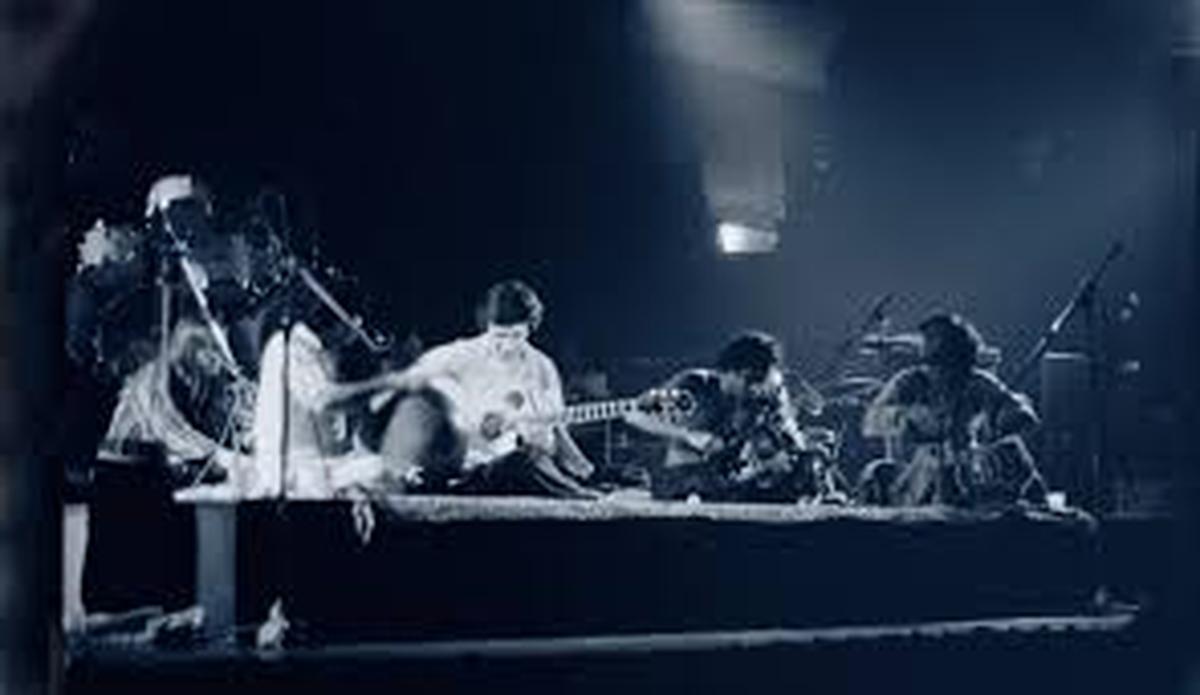
The old Shakti band.
| Photo Credit:
Special Arrangement
Shankar says he was never asked to be part of the 50-year celebration. He adds, “It’s their decision. The truth is that Shakti means as much to me as it does to anybody else in the group.”
The son of violin maestro V. Lakshminarayana, and brother of renowned musicians L. Vaidyanathan and L. Subramaniam, Shankar was trained in Carnatic music from an early age. He recalls, “My father was open-minded and exposed us to different genres. So besides Hindustani music, we also followed western classical and jazz.”
The original Shakti line-up released three albums in 1976 and 1977 – ‘Shakti With John McLaughlin’, ‘A Handful Of Beauty’ and ‘Natural Elements’. The band became known for its eclectic mix of Carnatic and Hindustani music and jazz.
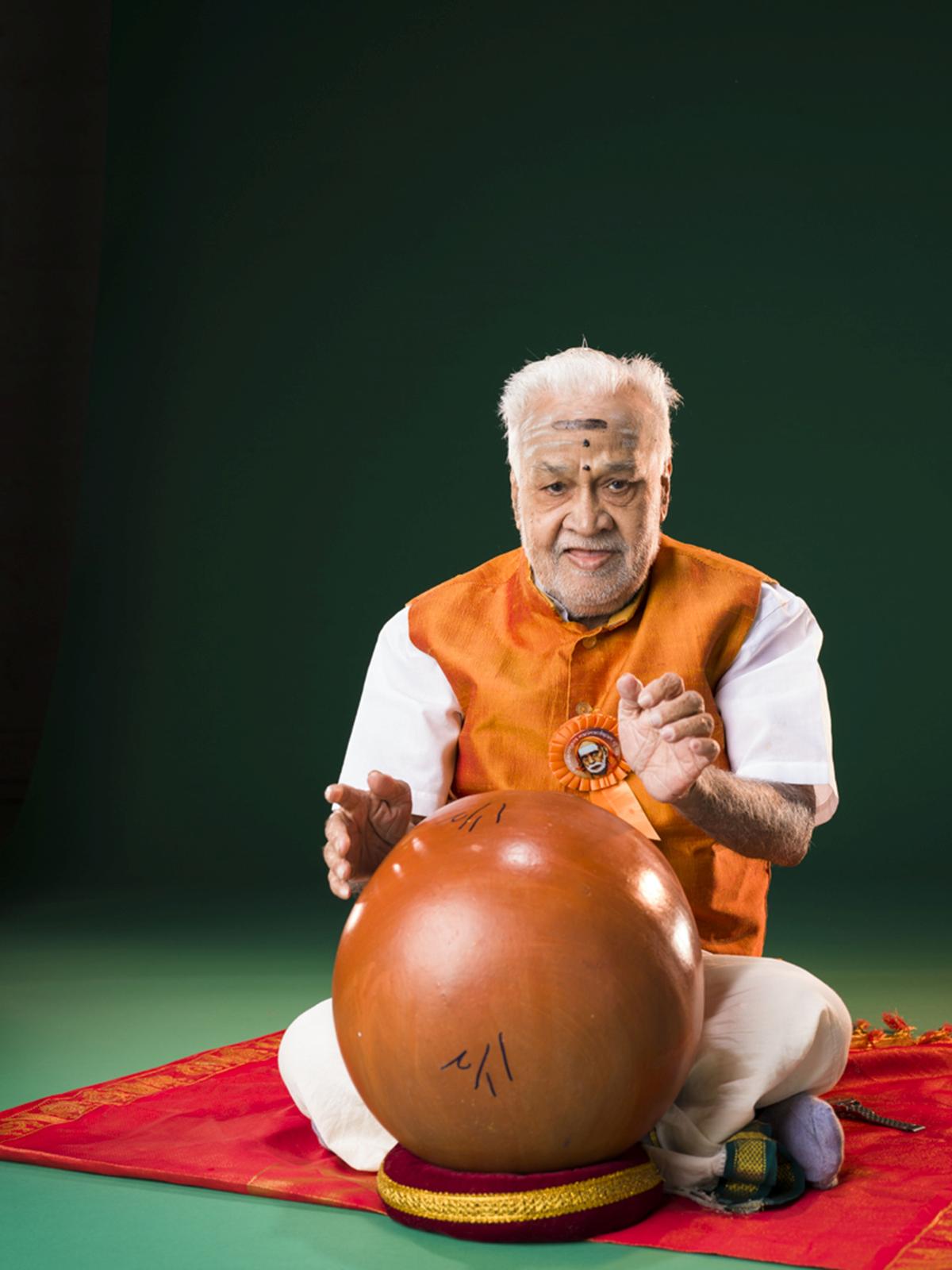
Ghatam maestro Vikku Vinayakaram.
| Photo Credit:
Special Arrangement
“John and I would discuss the broad framework of the compositions, and then write our parts. John would change some portions to suit the guitar, and I would do some with my violin in mind. Zakir and Vikku stayed a block away in New York, and they would bring us the rhythm arrangements.”
While ‘Shakti’ toured extensively in the mid-1970s, its individual members got involved in different projects. In 1978, Shankar signed up with rock musician Frank Zappa’s label, and was required to play different string instruments such as violin, cello, viola and double bass. That’s when he decided to create a two-necked violin, which came to be known as the L. Shankar Double Violin.
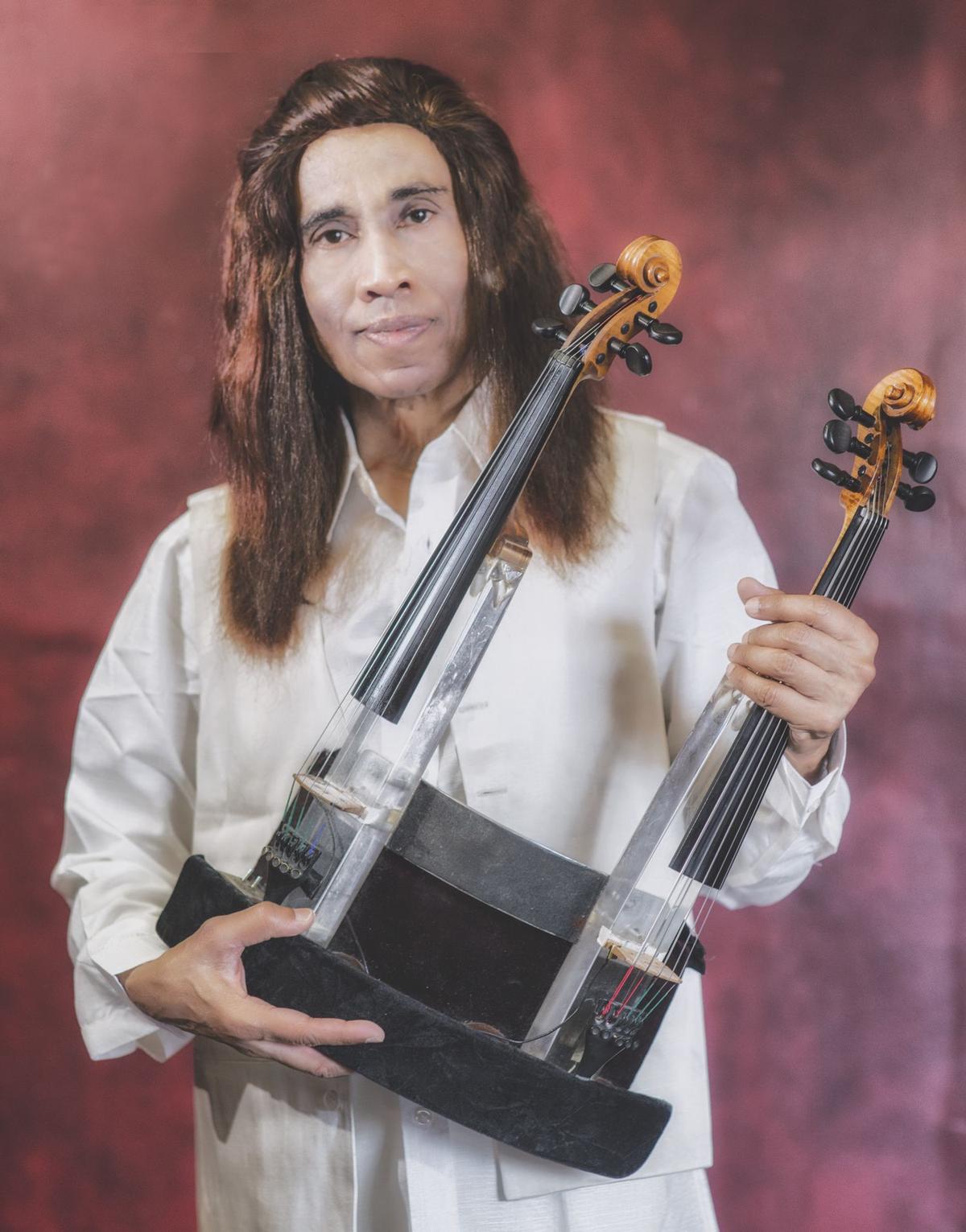
L. Shankar created a two-necked violin, which later came to be known as L. Shankar Double Violin.
| Photo Credit:
Special Arrangement
Shankar says since it was difficult to carry four instruments on an aircraft, he decided to combine all in one. “I created a cardboard version with the double bass and cello on the lower neck, and the violin and viola on the upper. I approached a few guitar- makers such as Gibson, who said it was not possible. But I insisted it was possible.”
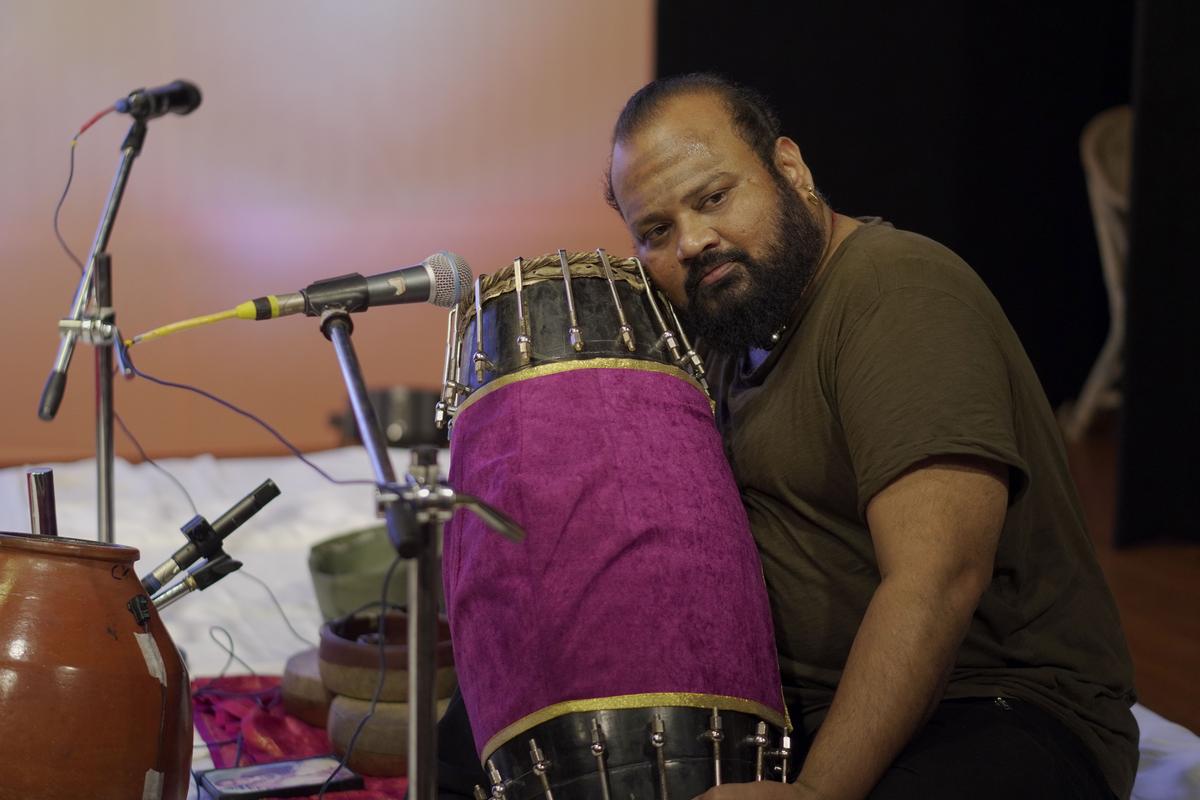
V. Selvaganesh.
| Photo Credit:
Special Arrangement
The violinist then went to Stuyvesant Sound in New York, where the owner Steve Stuyvesant introduced him to their best worker Ken Parker. “I drove him nuts till I was satisfied,” laughs Shankar. But even after the instrument was developed, it took him at least two months to manage without discomfort, and two years to play it professionally. He explains, “I was dealing with a larger instrument. While playing the lower neck, the bow would touch the upper neck, so I had to adapt my technique. I started getting chest pain but slowly it went away. Over the years, there have been further upgrades of the double violin, including one by John Peterson, and last year by John Jordan. I will be playing the new one in Mumbai.”
Besides recording with Zappa’s label, Shankar played in Phil Collins’ 1981 solo album ‘Face Value’. In 1982, Shakti decided to tour India, but since McLaughlin suffered a hand injury, fusion guitarist Larry Coryell filled in. “I am a huge admirer of Larry, but these pieces required time to prepare, and he unfortunately didn’t have that advantage. Given the constraint, he did a great job.” Shakti returned with McLaughlin in 1984 for a successful tour.
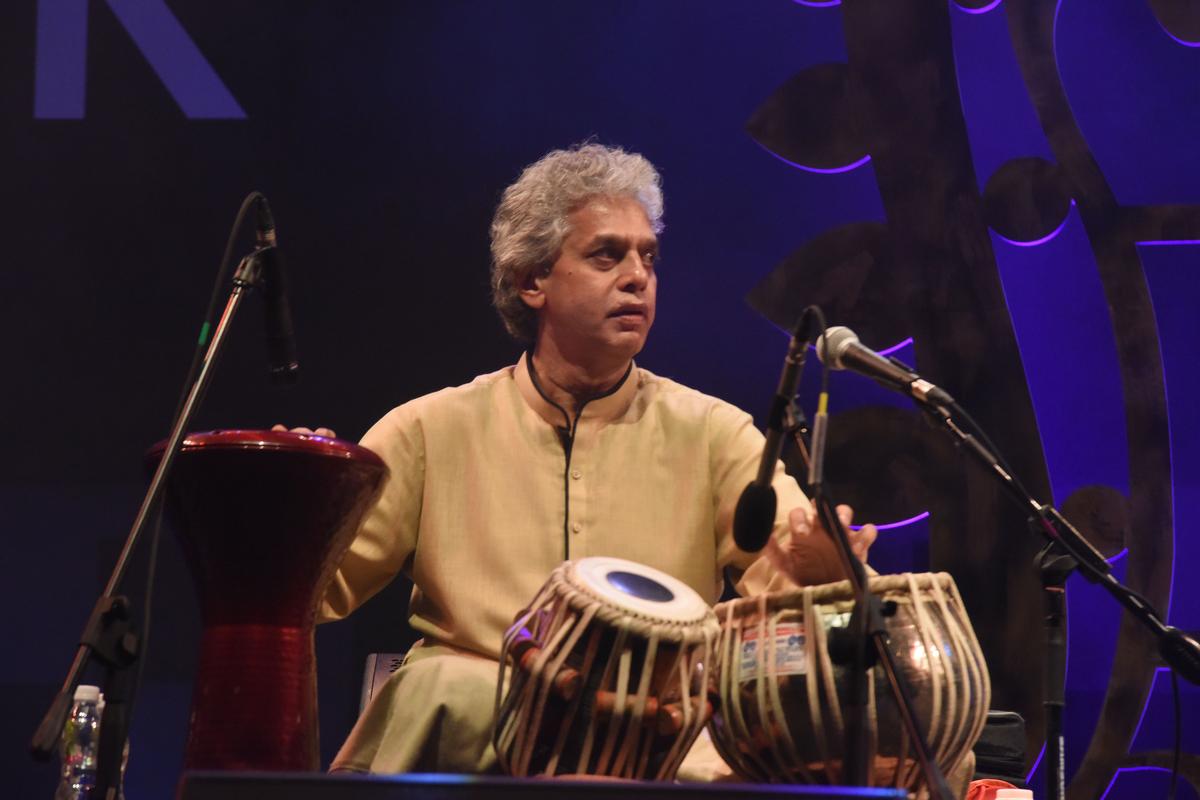
Tabla artiste Fazal Qureshi.
| Photo Credit:
Special Arrangement
Shankar says the musicians just got busy with other work after that. “I did many albums with ECM, a label from Munich. Drummer Trilok Gurtu worked a lot with me those days, and Brazilian percussionist Nana Vasconcelos joined us in some sessions. The ECM chief Manfred Eicher introduced me to Norwegian saxophonist Jan Garbarek, and we did some great work together.” These include the albums ‘Vision’ with trumpeter Palle Mikkelborg, and ‘Song For Everyone’ with Zakir Hussain and Trilok Gurtu.
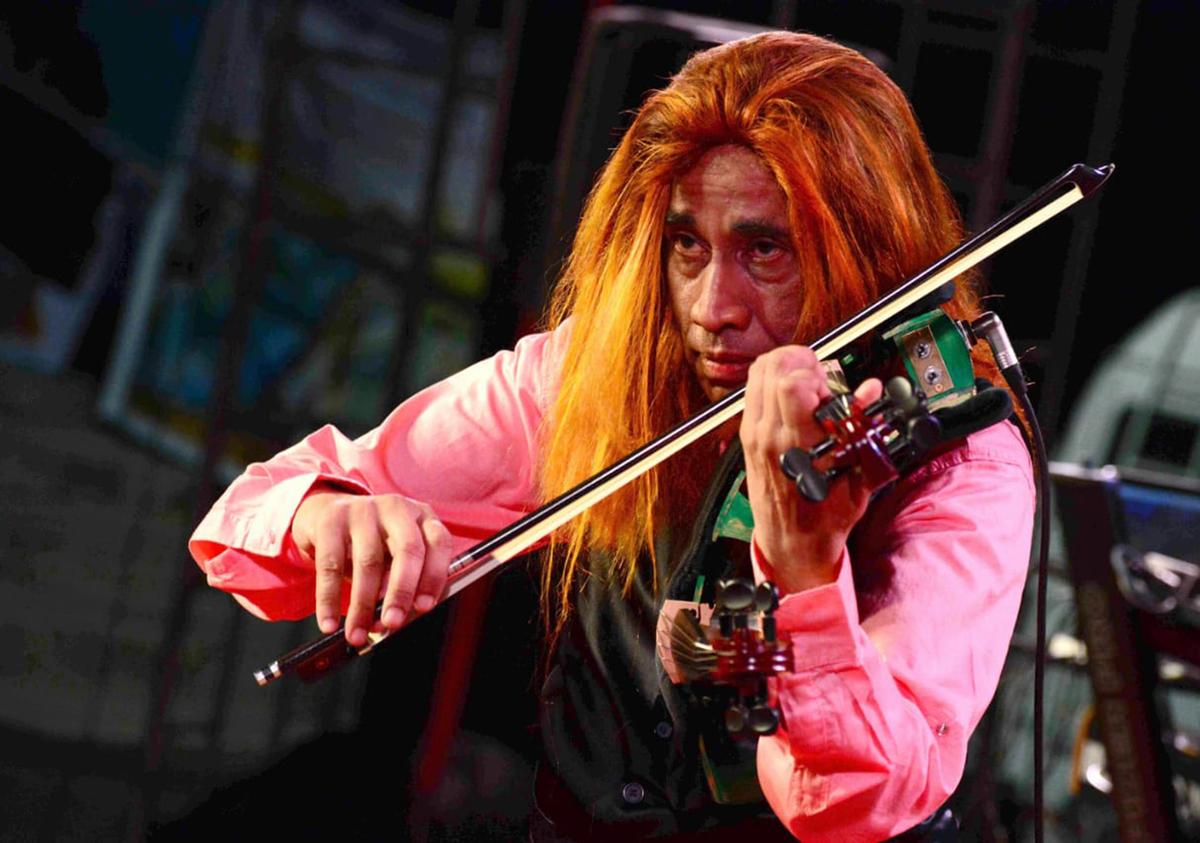
One of Shankar’s album ‘Raga Aberi’ was nominated for a Grammy in the Best World Music Album Category in 1995.
| Photo Credit:
Special Arrangement
Projects with composer Peter Gabriel, producer Bill Laswell and the pop-rock group The Epidemics helped Shankar reach out to new audiences. In the 1990s, he recorded many Carnatic albums, often featuring Zakir Hussain and Vikku Vinayakram. The album ‘Raga Aberi’ was nominated for a Grammy in the Best World Music Album category in 1995. His last album was ‘Christmas From India’, specially commissioned by US-based Cleopatra Records. Says Shankar, “I did two albums with them. The first was a progressive rock album ‘Chepleeri Dream’. Then they wanted a Christmas album with world music elements, so I used some sitar and santoor besides my violin. I even composed two songs.”
The violinist is now looking forward to his Mumbai show, even as plans are being drawn to perform in other cities. “I approach every show as though it’s my first. Whether I am playing in front of 10 or 10,000 people, the energy is the same.” Shankar says a musician is like an Olympic athlete who he has to be fit before every show. Considering that he still spends most of his day with music and conducts intense masterclasses in south Goa, there seems to be no stopping him.
#Masters #Music #brings #original #Shakti #violinist #Shankar #India
